There has been a shift in liberalism in the past few decades. Conversations around sex and sexuality have gone from an awkward taboo subject to something we commonly see represented in our media. However, even with this increased openness around the topic of sex, there are still sexist ideals that have continued to manifest within our culture.
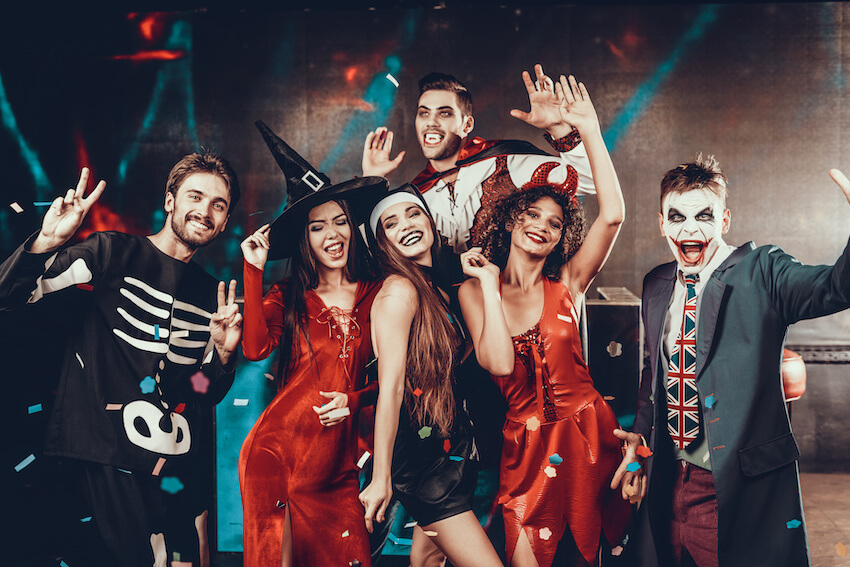
The ŌĆśMale GazeŌĆÖ is a theory proposed by feminist theorist and filmmaker Laura Mulvey, and suggests that women are commonly represented in media from a heterosexual male perspective (Mulvey, 1975). This perspective often over-sexualizes women and female characters, typically reducing them to objects for the male audience to fawn over. This objectification is also a key element of gender powerplay, a tool that men use to devalue women to increase their ego.
Evidence of this male gaze being perpetuated is seen in mainstream media, with Hollywood productions and advertisements being the common culprits of prolonging these dated ideologies of this misogynistic perspective. The media productions that distribute this representation are male-dominated, resulting in an ignorant and sexist construction of women (Simon, 2019).
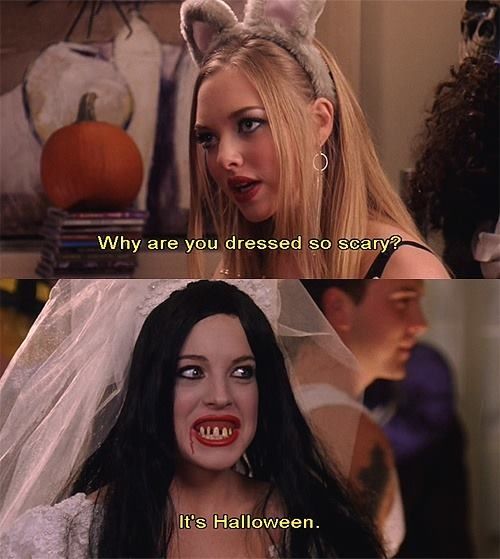
Halloween is a popular time for both media producers and consumers. Despite its origins in pagan rituals, Halloween has evolved into a night of celebration, candy, and costumes for most of Western society (Rogers, 2003). Most popular Halloween costumes are inspired by popular entertainment or horror icons such as Dracula, Frankenstein, and the Mummy. However, simply scrolling through AmazonŌĆÖs Halloween costume options will show you the male gaze in a frightening display.
Here I searched for ŌĆ£mummy costumeŌĆØ on Amazon to see what would pop up, and here were my results. Notice anythingŌĆ” odd about them?
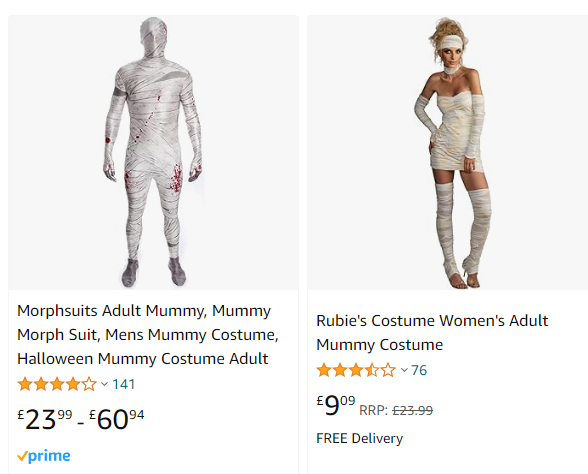
The man’s costume is covered entirely, with some blood splatter, whilst the woman’s costume is essentially a stylized dress. This depiction of the Mummy leans away from its horror roots that are kept for the male, instead opting for a modern but over-sexualized representation of the female. This exemplifies Mulvey’s theory, where media producers canŌĆÖt help but cater to the male gaze, showing two distinct versions of the same character but one is sexualized.┬Ā
Furthermore, this over-sexualization isn’t just isolated to fictional characters, but to the garments worn by women in real-world institutions. For instance, a classic staple of women’s Halloween costumes is a nurse. Many of these costumes have shortened skirts, stockings, and revealing cleavage, sexualizing a profession that many women work hard to acquire. Could this be a comment on how men canŌĆÖt help but sexualize everything in our society?
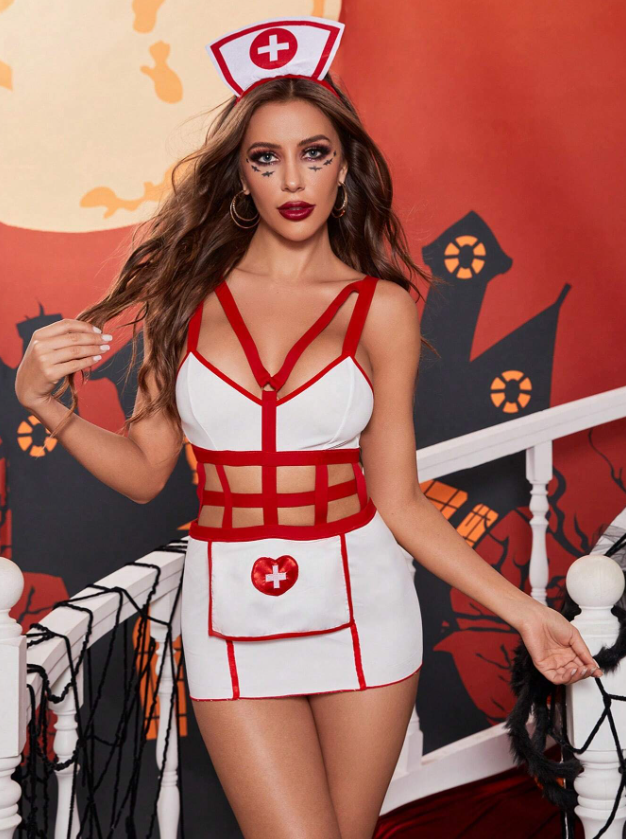
The disheartening truth is that despite evidence that producers create sexualized versions of Halloween costumes to coincide with their perspective of women, it is often the women who get shamed for complying with the options that they are left with (Lennon et al., 2016). This goes past Halloween, with women feeling judged in all aspects of their appearance constantly throughout their daily lives. Halloween costumes are merely a small part of a wider issue with how society still views women.
Reference list
Lennon, S.J. et al. (2016). WomenŌĆÖs revealing Halloween costumes: other-objectification and sexualization. Fashion and Textiles, 3 (1). Available from https://doi.org/10.1186/s40691-016-0073-x.
Mulvey, L. (1975). Visual Pleasure and Narrative Cinema. Screen, 16 (3), 6ŌĆō18.
Rogers, N. (2003). Halloween : from pagan ritual to party night. Oxford: Oxford University Press.
Simon, S.J. (2019). Hollywood power brokers: Gender and racial inequality in talent agencies. Gender, Work & Organization, 26 (9), 1340ŌĆō1356. Available from https://doi.org/10.1111/gwao.12365.

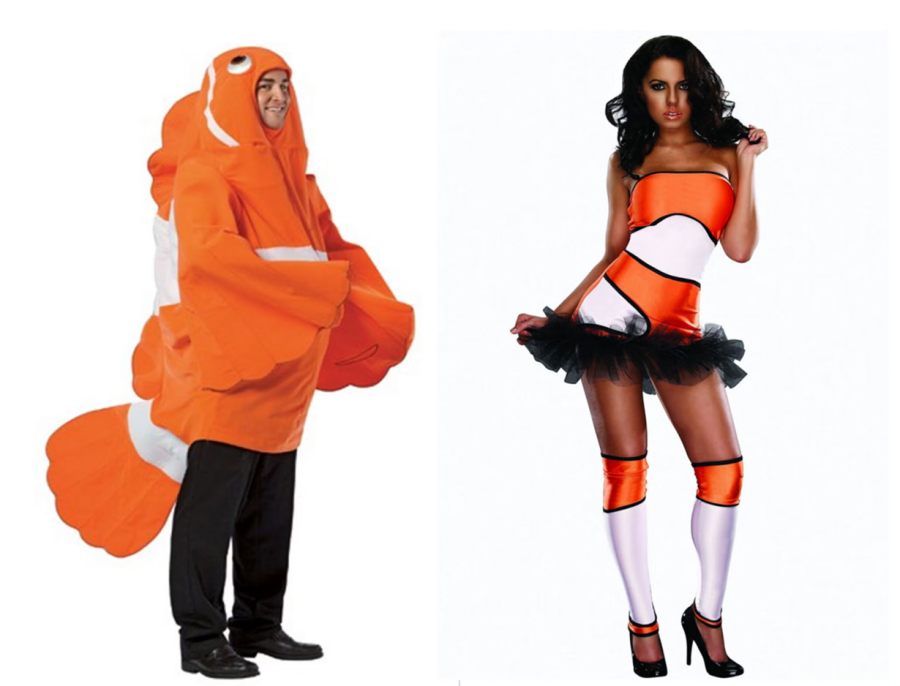
It’s disheartening to see how women are extremely sexualised in costumes whether it be for Halloween or not, it is disappointing. I like the clear comparisons you used to highlight the problem of the Male Gaze in costume designs, as well as your strong understanding and application of Mulvey’s theory. It’s clear that things need to change and you’ve underlined a situation that is harmful towards women. Overall I like how you present this issue and I think that it would be really interesting for you to produce further research and analysis into this widespread issue.
This post reminded me of a sad and disturbing trend on the internet where people would time how quick a female character can be sexualised though Google Image search. It is sad to still see women being constantly sexualised despite the seemingly ‘great progress’ we made as a society.
You did a great job with explaining the theory and implementing it into your post! A visual representation of the costumes for both men and women help readers to better understand the problem. Also highlighting how Hollywood productions and advertisement which are mainly men-dominated areas keep contributing to the harmful depictions of women is great! It helps to understand why the society still plays into male gaze.